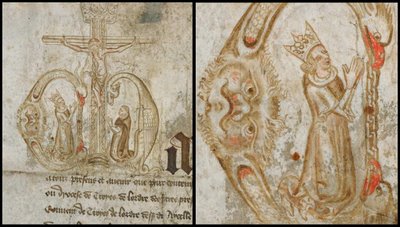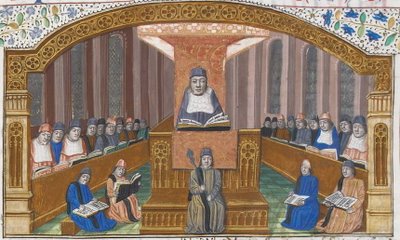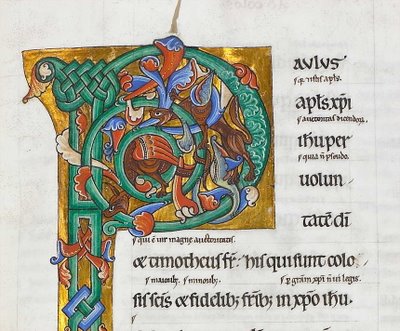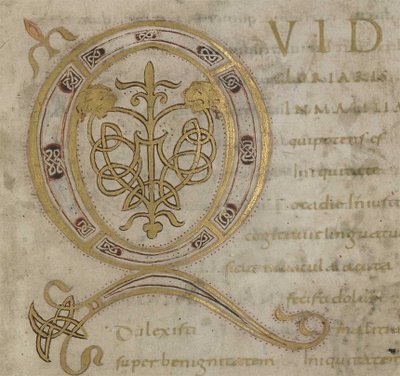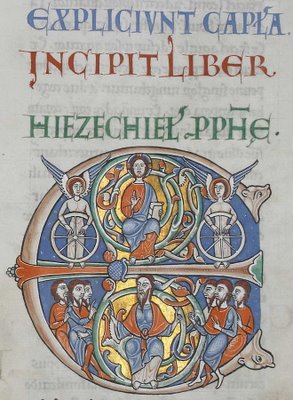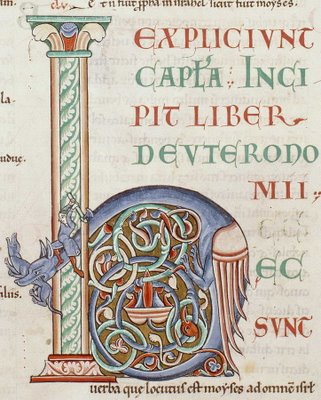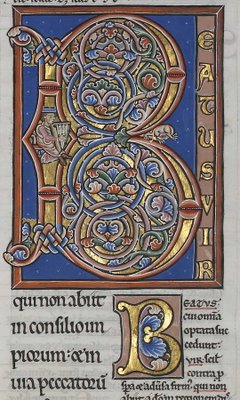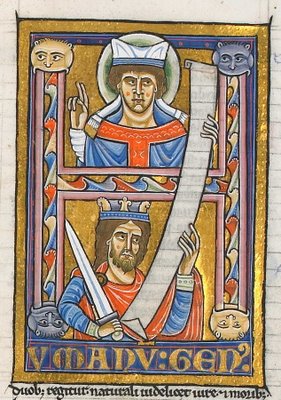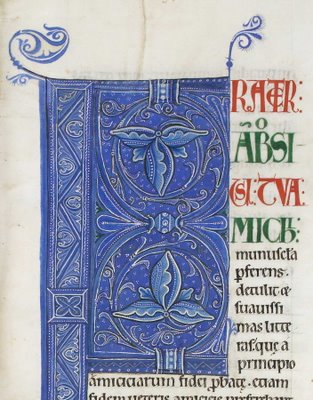Mid-1800s Locomotive Builders' Prints
from The Boston Athenæum
Twenty Four Ton Passenger Engine,
'Gen. Stark',
delineated by Chas F Thomas
of Taunton Mass.
McKay & Aldus Iron Works, East Boston, Mass.
Manufacture Locomotive Engines & Tenders,
Marine Engines, Iron & Wooden Steam Ships,
Sugar Mills, Machinery &c. &c.
Wm. Mason & Co. Builders, Taunton, Mass.
Amoskeag Manufacturing Co.
Outside Passenger Engine,
Manchester, NH
Boston Locomotive Works 1854 Holmes Hinkley,
Agent, No. 380 Harrison Avenue, Boston, Mass.
Locomotive for Passengers with Outside Cylinders.
Built by the Lowell Machine Shop, 1852
Manchester Locomotive Works Manufacturers of
Locomotives, Stationary Steam Engines and Tools
Locomotive Engine for Passengers as built by
the Lowell Machine Shop, Lowell Mass. 1852
Portland Company's Passenger Engine, 1854. Portland, Maine
Lawrence Machine Shop,
Lawrence, Mass.
Passenger Engine
'Abbott Lawrence', 22 Tons
Portland Company's,
Passenger Locomotive,
'Minnehaha', 1856
John Sparrow Superintendent
Taunton Locomotive
Manf.g Co. Taunton Mass.
William A Crocker, Treas.
Willard W Fairbanks, Agent
Wm. Mason, Taunton, Mass. 'Highland Light'
"The locomotive industry emerged in mid-nineteenth-century America with
the development and rapid expansion of the railroad network. As the
number of locomotive manufacturers increased, the industry became
intensely competitive, and builders vied with one another to capture the
attention of railroad companies, officials, and agents. The first
locomotive builders’ prints were created in the late 1830s and ‘40s in
response to this industry competition. These lithographic portraits of
locomotives were soon considered to be essential to the manufacturers’
promotion of their machines. Locomotive builders’ prints differed from
ordinary advertising prints or landscape views with picturesque trains.
Instead, they were a unique type of print, a hybrid designed both to
attract potential customers and to provide accurate technical
information about locomotive engines and cars. [..]
With the introduction of chromolithography in the 1840s and ‘50s,
locomotive manufacturers began commissioning color prints of their
engines. Early American locomotives were often painted and colorfully
decorated; chromolithographic locomotive builders’ prints offer a rare
insight into the decorative designs, finishes, and materials favored by
manufacturers. The use of color in the 1850s ushered in what has been
called the golden age of the locomotive builders’ prints. Larger in
scale than the prints of the 1830s and early 1840s, they were composed
of bold, opaque colors with glittering bronze and metallic powders. As
locomotive manufacturers competed for the customer’s eye, lithographic
artists began portraying locomotives in landscapes often with reference
to the factories in which they were built. [..]
These lavish prints were much prized by locomotive manufacturers. [..]
The November 8, 1856 issue of the Railroad Advocate stated that these
prints were the “appropriate adornments for the offices of every
variety of business connected with railroads; they are consulted by
master mechanics and locomotive buyers; they are the master-pieces in
the parlors of many engineers of good taste. . . .” The time and
money invested in producing locomotive builders’ prints indicates that
they were not typical advertising ephemera. In fact, they were clearly
designed as framing prints to be hung in railroad offices and depots,
hotels, saloons, and parlors where they might seduce not only
prospective buyers but the general traveling public as well."
